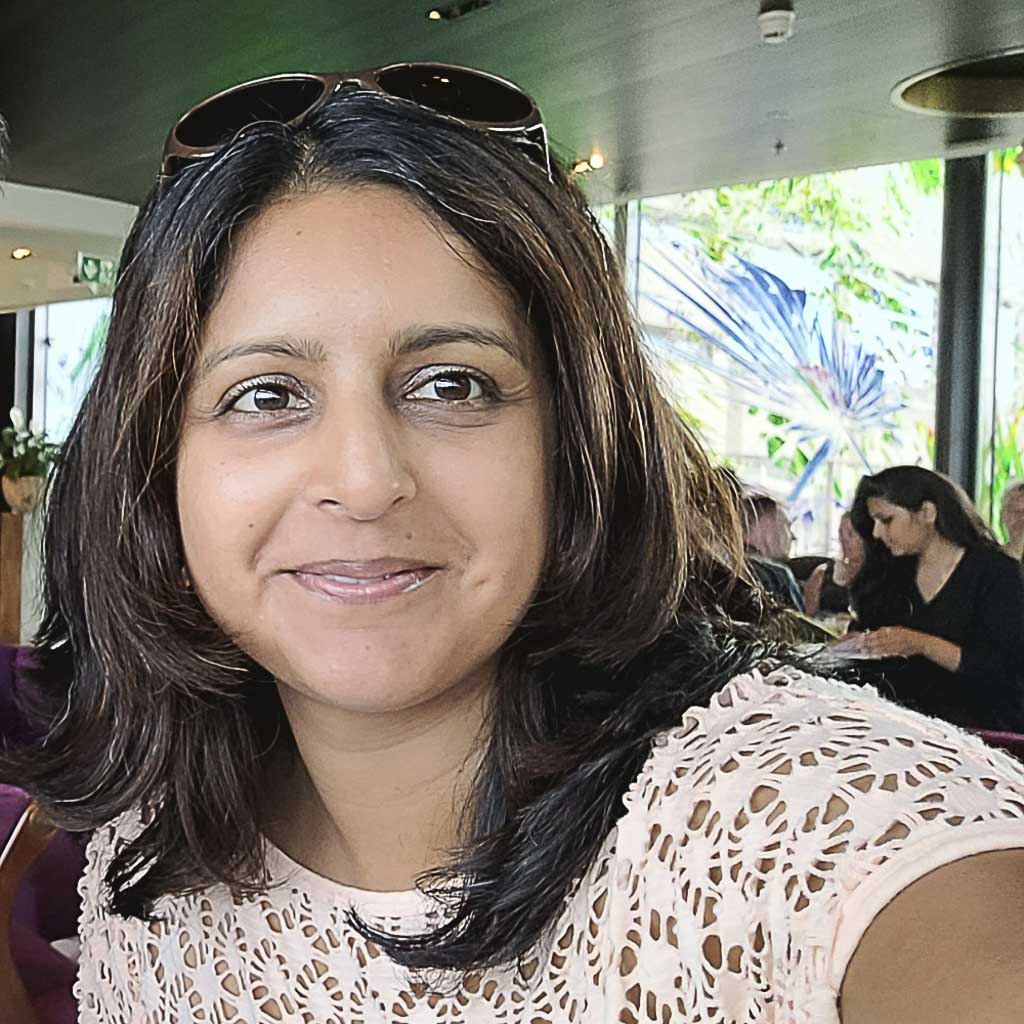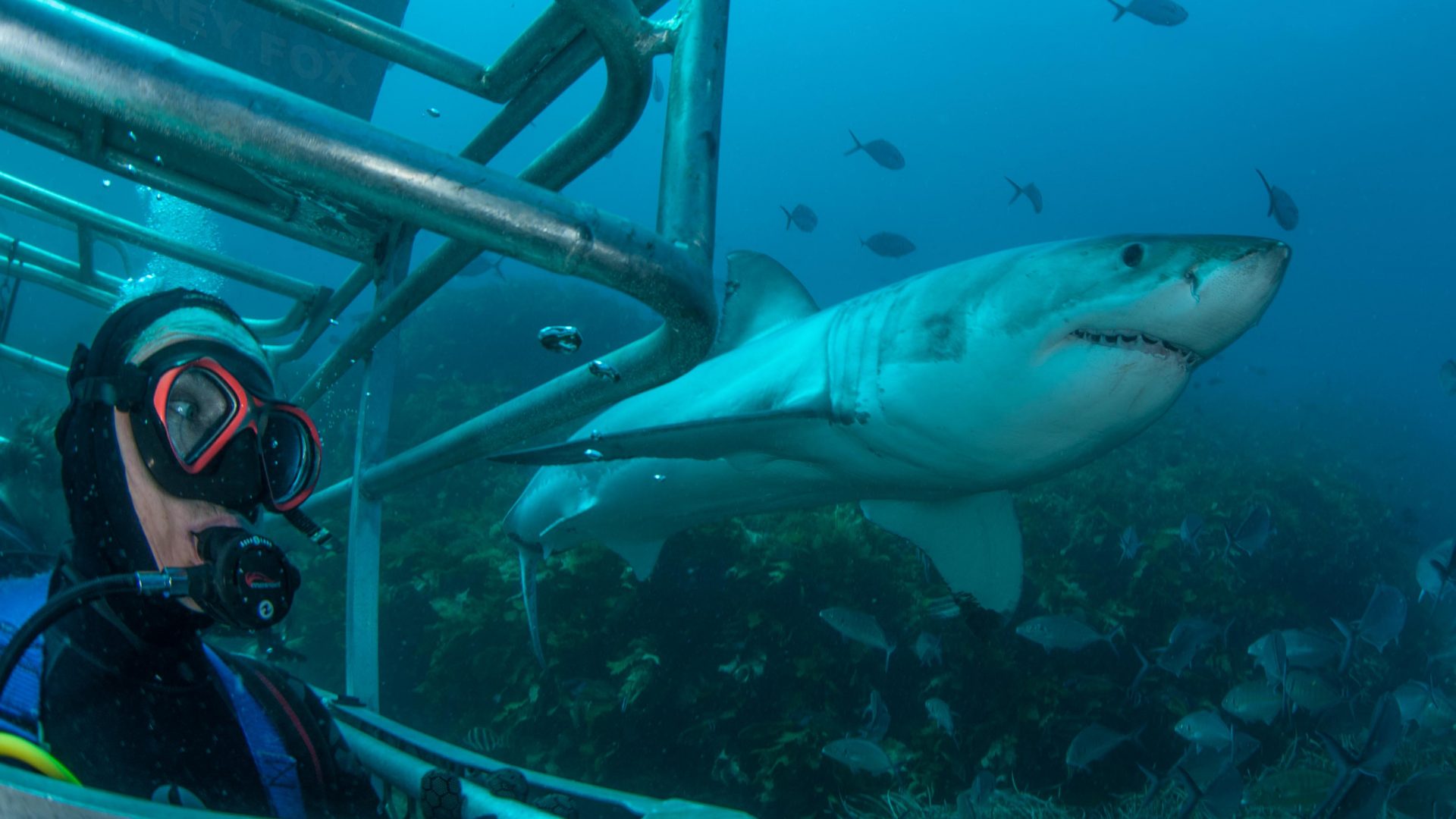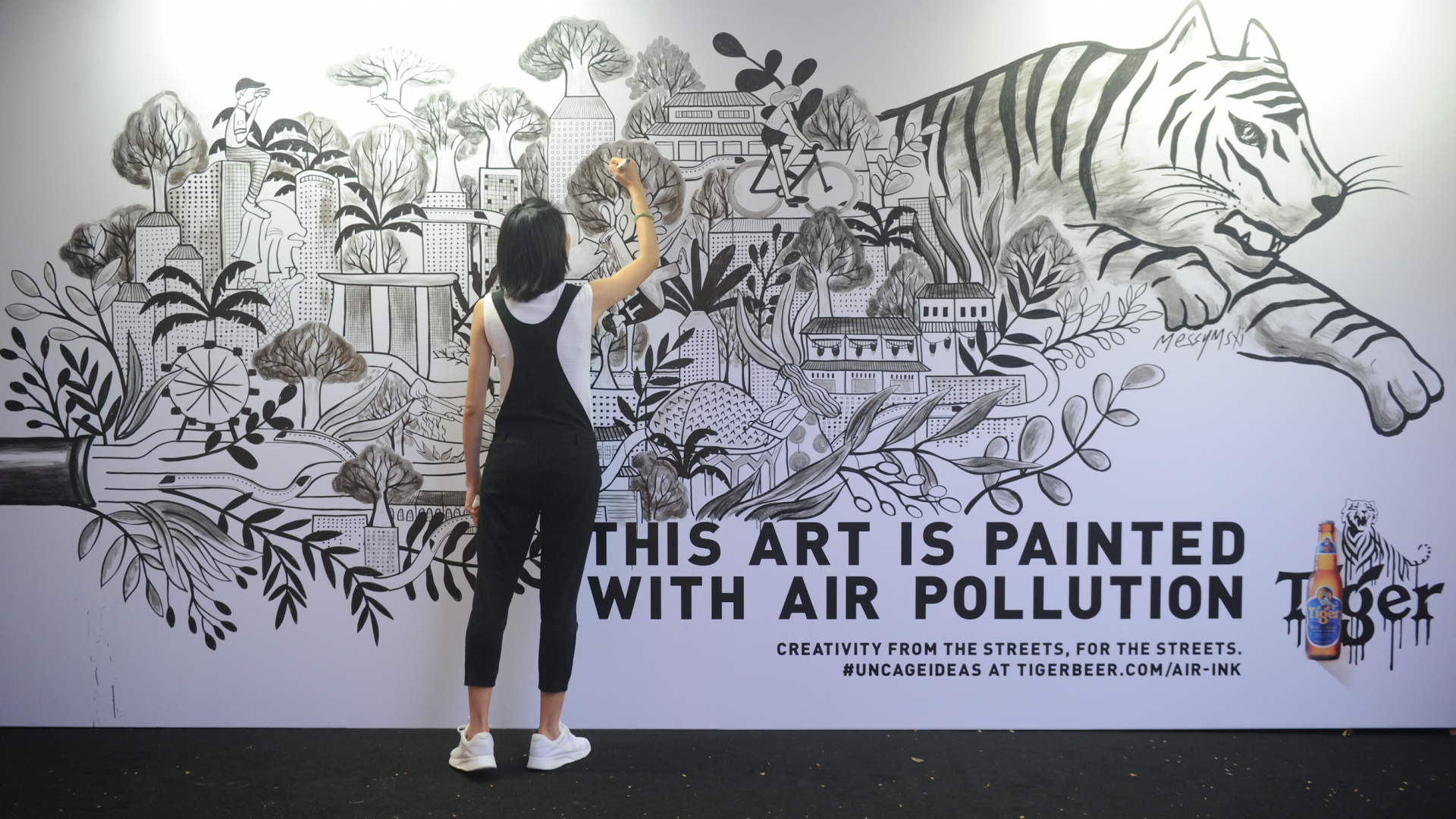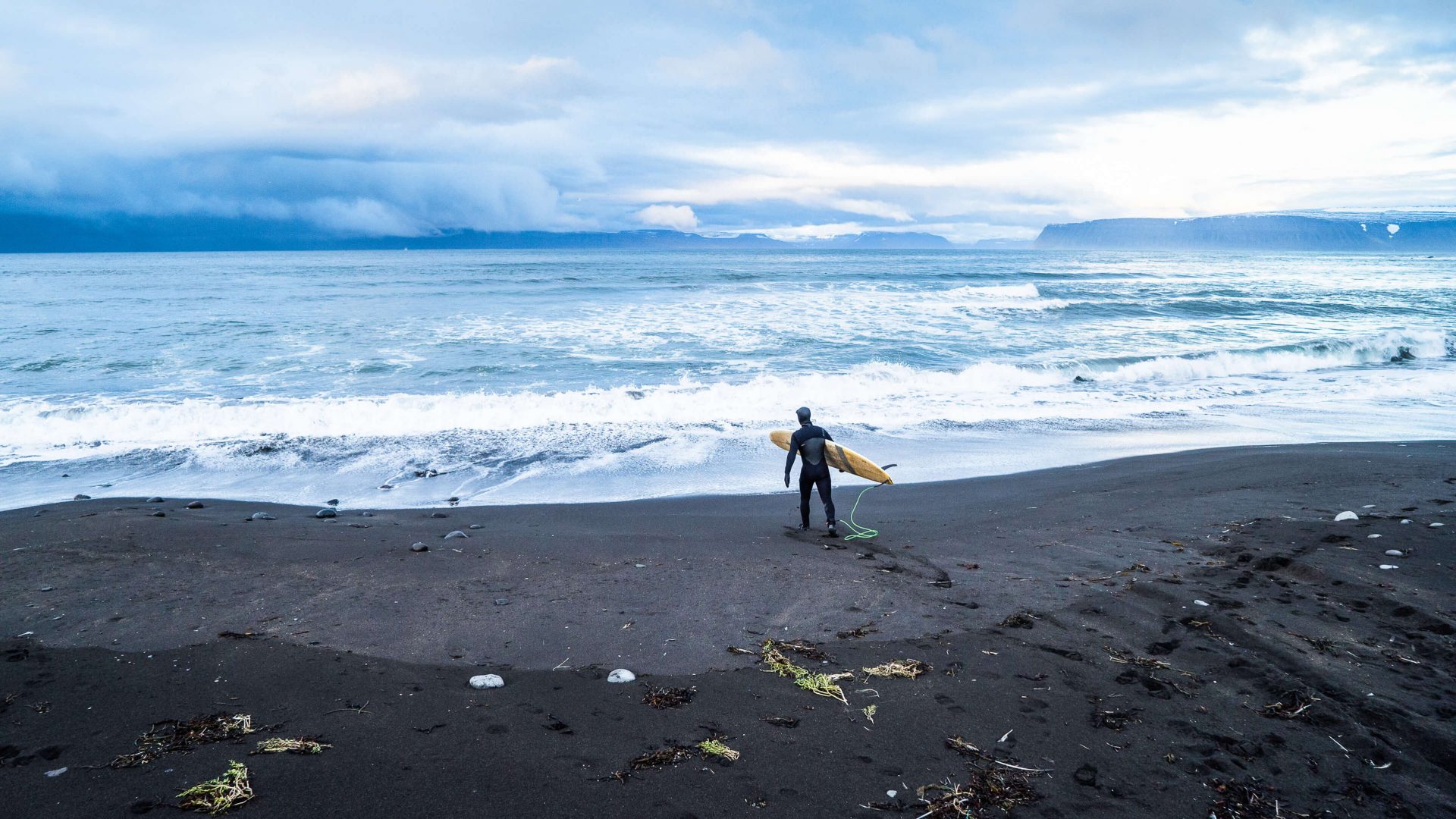Go diving off the coast of Grenada or Spain, in just the right spot, and you might swim up on a collection of chilling life-size sculptures by eco-artist Jason deCaires Taylor. Writer Erik Trinidad takes the plunge to find out just what they’re doing there.
Swimming with my scuba gear on, I arrived at a clearing where I saw something I’d never seen before in all my years of scuba dive experience: a group of children, standing in a circle almost supernaturally, hand in hand, as if they were playing a nursery game. However, their bodies and empty expressions faced outwards, rather than at each other, as if in solidarity of a cause.
The children weren’t living—they were sculptures after all—yet they teemed with life. Installed as artful artificial reefs off the coast of Grenada—after Hurricane Ivan destroyed much of the coral in the area in 2004—the life-sized figures now supported marine life, from coral to fish. And as the ocean’s elements continually took their toll, the children’s imperfect ‘skin’ appeared more frail, like old people, seemingly deteriorating to create a haunting beauty. Their vague faces expressed a somber mood that made the scuba diving experience simultaneously exhilarating and eerie—more than an angel fish sighting anyway—for there’s something almost creepy about the sculptures being life-sized.












